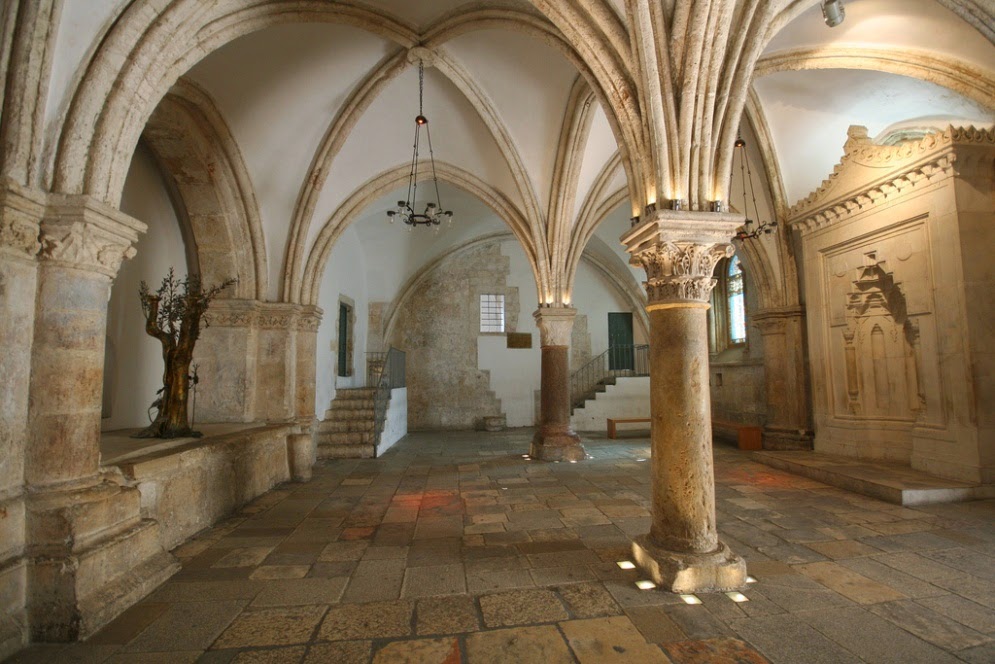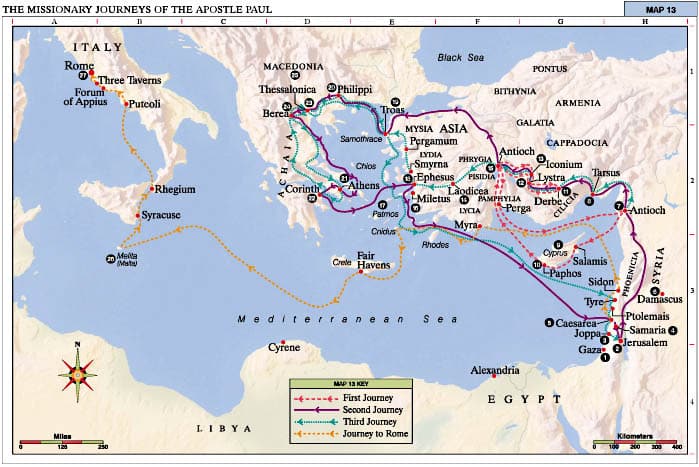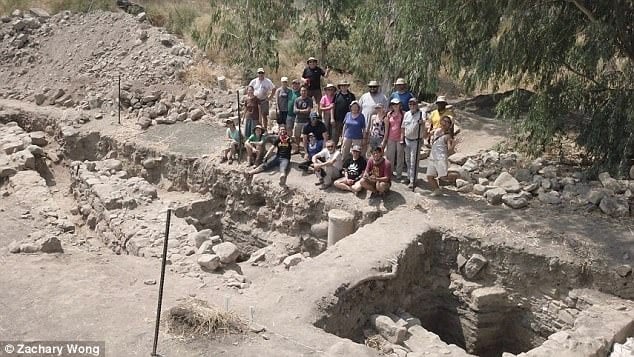
Arqueólogos israelíes han hallado en los alrededores del Mar de Galilea (lago Tiberiades o Kineret) los restos de Betsadia (Julias), la villa en la que según la tradición cristiana vivieron tres apóstoles -Pedro, Andrés y Felipe- y tuvo lugar el milagro de los panes y los peces.
“Hemos encontrado lo que parece ser la ciudad de los tres apóstoles, donde Jesús multiplicó los panes y los peces”, aseguró ayer el arqueólogo Mordejai Aviam, del Kineret College de Israel, que lleva trabajando en este proyecto desde hace tres años.
En la costa noreste del Mar de Galilea, su equipo desempolvó el lugar donde, según el Nuevo Testamento, estuvieron tres de los apóstoles de Jesús, sepultado sobre la antigua ciudad romana de Julias, en el valle de la hoy llamada Reserva Natural de Bethsaida.
Tiempo atrás se había descartado la posibilidad de encontrar algo de este período de la historia, explica, pero fue la aparición de una cerámica en 2014 lo que los llevó a centrarse más en esta área, y lo que desenterraron aumentó sus expectativas.
“Hay monedas, cerámica, un mosaico, muros y una casa de baños de estilo romano, lo que nos lleva a pensar que no se trataba simplemente de un pueblo, sino de una gran ciudad romana”, asegura Aviam, y añade que por debajo de la capa que data de las Cruzadas encontraron estas ruinas del período anterior, el romano (del año 300 al 100 a.C.).
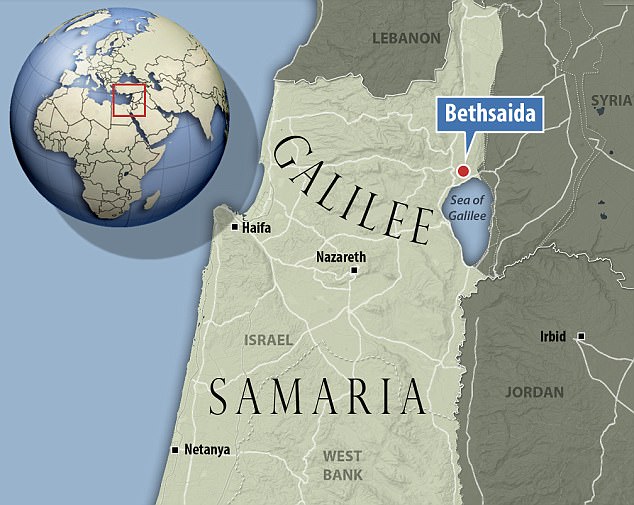
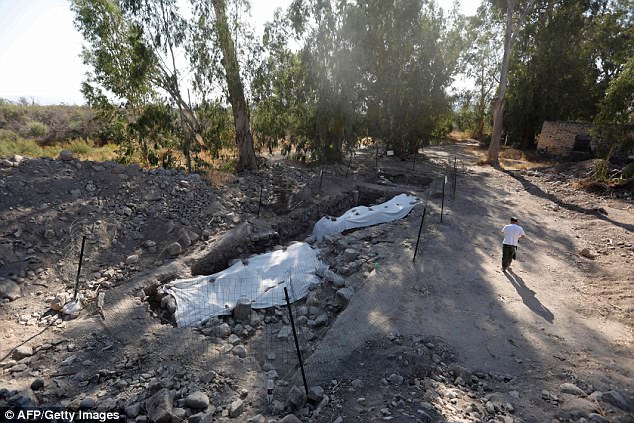
The site is not far from the Jordan River, a few hundred metres from Lake Tiberias. This image shows a man walking next to the site on Sunday
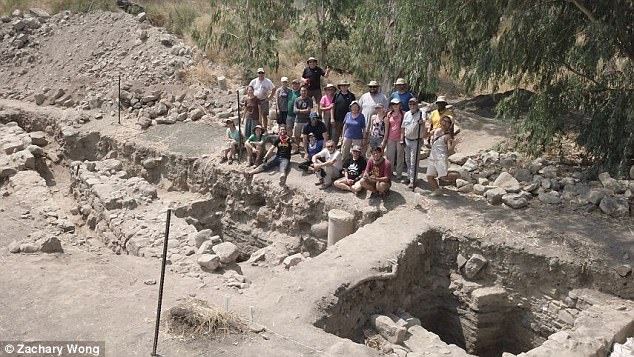
Two other apostles, Philip and Peter's brother Andrew, are also believed to have been born or lived in Bethsaida
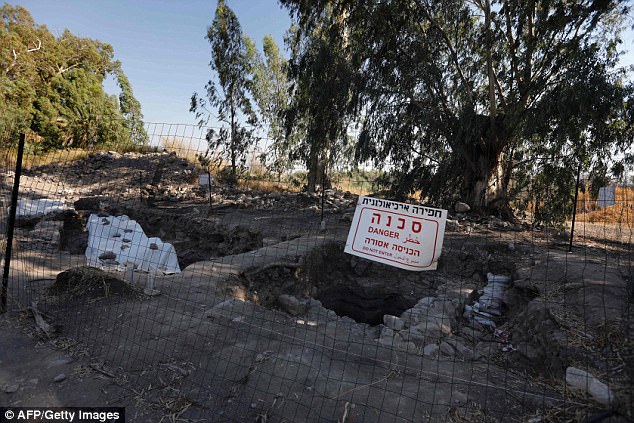
The location in Northern Israel is believed to be the location of a biblical village that was home to Saint Peter
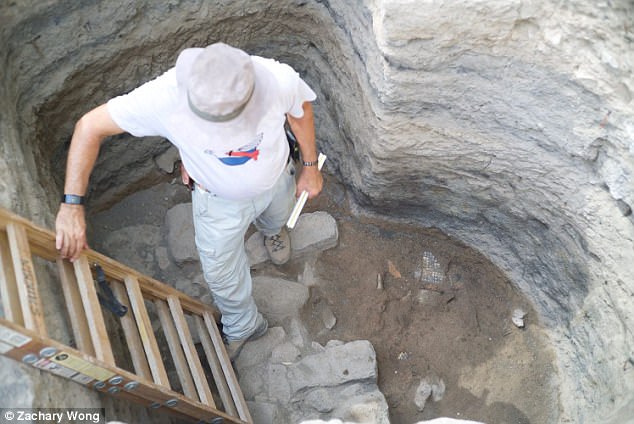
It is hoped further excavations will reveal evidence from pre-Roman times, including ancient Jewish remains, which could help verify whether the site is Bethsaida
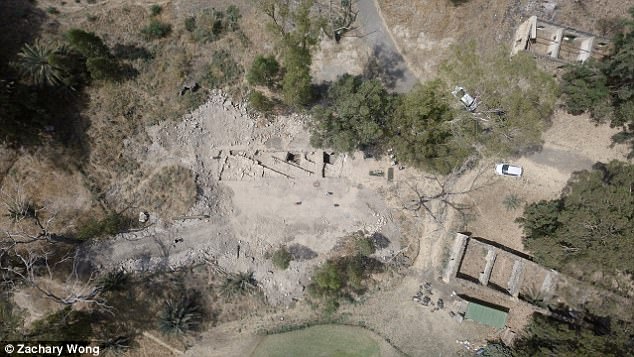
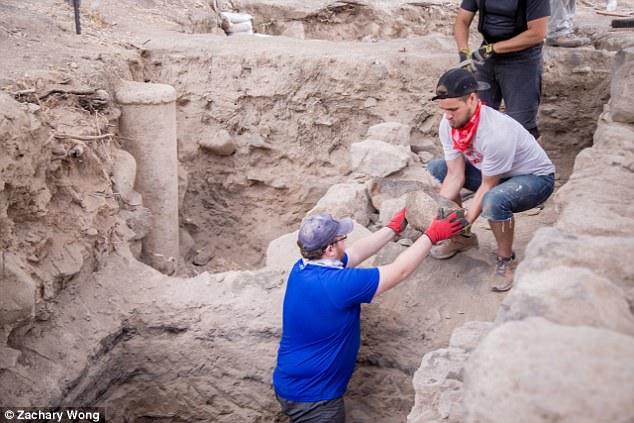
The site is near the land where Luke's gospel reports the miracle of Jesus feeding five thousand people with only five loaves of bread and two fish. Work is also being carried out on another site a few miles (km) away
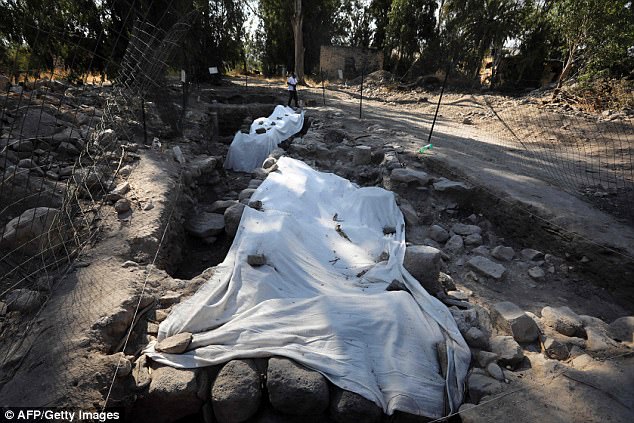
Dr Mordechai Aviam directed the dig together with Dr R Steven Notley who is the excavation's academic director
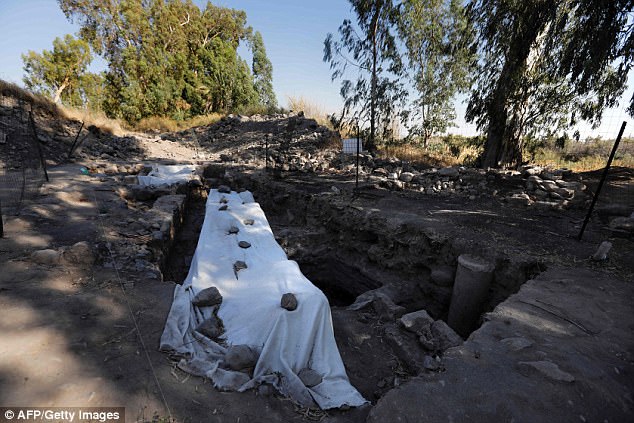
They believe the site could be the birthplace of three of Jesus’ apostles, Peter, Andrew and Philip, all saints in the Christian church
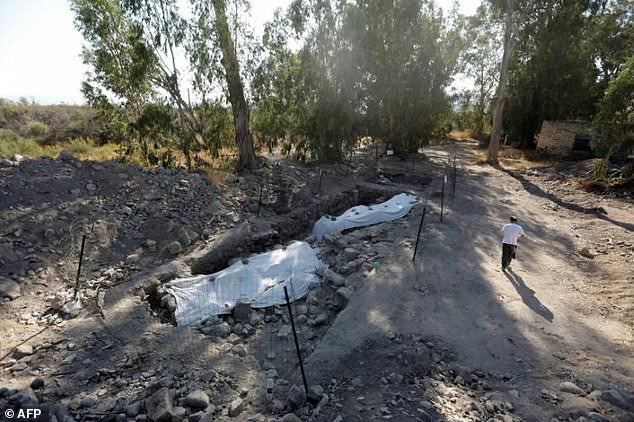

Israeli and American archaeologists say they have likely uncovered the remains of the lost city of Julias, built on the Jewish fishing village of Bethsaida, near the banks of the Sea of Galilee (pictured)
